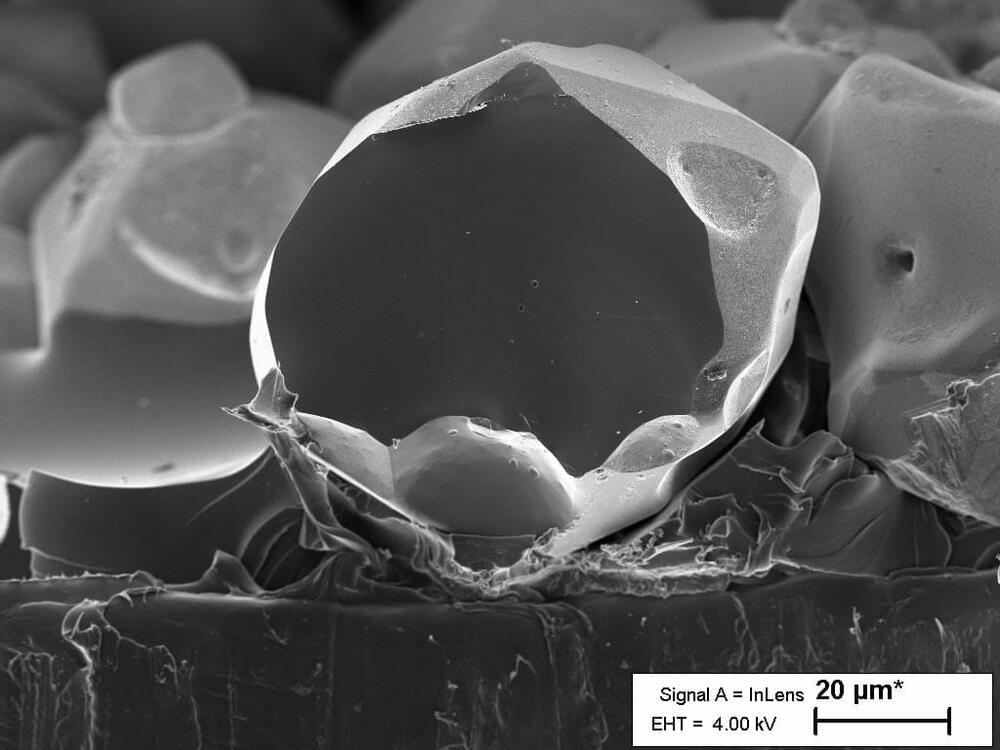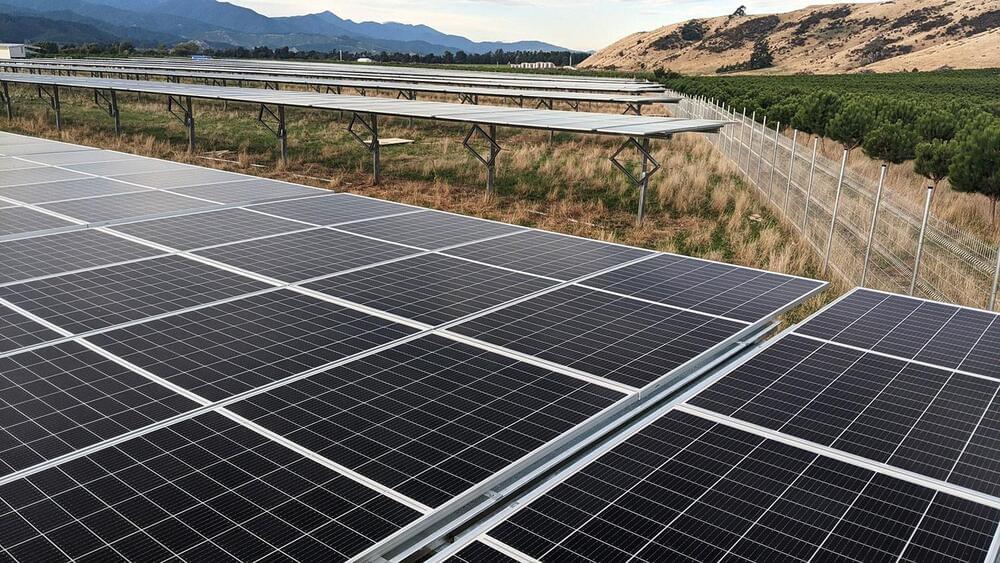Tens of thousands of years ago, on the territory of the uninhabited Sahara Desert, gardens flourished, rivers flowed, ancient people cultivated fertile lands. However, we know how it all ended — today in this place is a desert scorched by the blazing sun with an area 38 times the size of Great Britain. However, humanity has a chance to return life to these lands again, and as a bonus to receive free electricity for all inhabitants of the planet.
The installation of wind and solar farms could radically change the climate in this region: more rainfall, which will lead to a revival of vegetation and a drop in temperature. At least that’s what Yang Li, the study’s author and senior researcher at the University of Illinois, says. No mystery! Wind turbines facilitate the diffusion of hot and cool air. This, in turn, will raise the average rainfall by 50%, and solar panels absorb most of the solar energy, preventing it from overheating the earth.
All this will be effective only with the global development of a lifeless desert. The process has already begun. But they tried repeatedly to tame the cruel and hot sun of the Sahara.
#inventions #technology #solar.
Don’t miss next videos: Press the little bell ((🔔)) to get notifications.
Production Music courtesy of Epidemic Sound https://www.epidemicsound.com/






